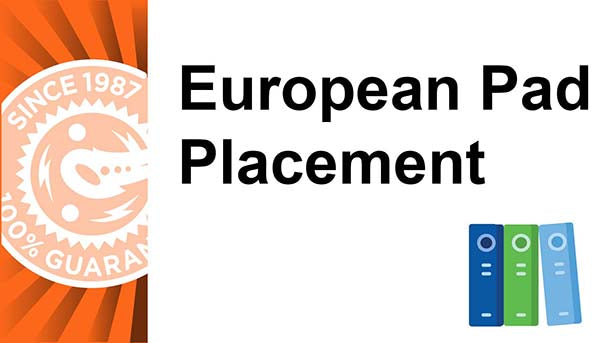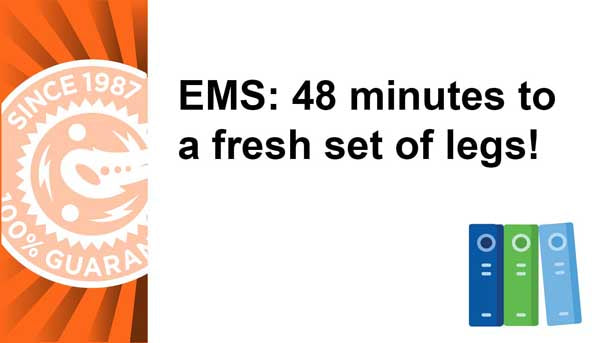By William Misner Ph.D.
The amino acid profile in meat tends to support endurance activities when certain guidelines are followed. While most meats have a Predicted Digestibility Corrected Amino Acid Score (PDCAAS) of only 0.92, their Creatine content and Amino Acid profiles optimize the regeneration of muscle tissue for repeated endurance activities. The PDCAAS of other protein sources such as Soy, Whey, and Egg Whites score at the maximal 1.0 value, but are not as popular as meat within the American dietary lifestyle.
Nutritionists constantly tell us we all eat too much meat or the wrong kind of meat for both optimal health and fitness. The Physician's Health Study followed 20,000 subjects for 20 years. (JOURNAL OF AMERICAN MEDICAL ASSOCIATION, 279:23,65, 1998). Those who reported eating fish once per week were 50% LESS LIKELY to die of a sudden heart attack as those who ate it less than once per month. Two other research studies show similar statistics. What then is so bad about non-fish meats? Fish has 50% less cholesterol and saturated fat content than their land-roving cousins, pigs, chickens, and cows, plus fish contain the valuable essential omega fatty acids which is good for the heart and helps keep the bad LDL cholesterol plaque from clogging the system.
That is not all that is wrong with eating the other-than-fish meats...OVERCOOKING meat changes its chemical structure in ways that are both harmful to health and have performance hindering implications. Among 10,000 finnish people who were followed for 24 years, women who reported eating the most fried meat had a +77% better chance of contracting cancer! Six other studies also found that subjects who ate well-done or fried meat had a significantly higher rate of colon-rectal, stomach, and breast cancer.
Meat contains high amounts certain amino acids and creatine, which when overcooked are converted into Heterocyclic Amines (HCA's-Trp-P-1, A-alpha C, MelQx, PHiP's), which have been identified as free radical agents that cause cancer in humans. We must apply heat to meat to destroy harmful bacteria, but direct high heat appears to be the culprit that endurance athletes should avoid. Don't we get enough free radicals from intense workouts, so why add more from food sources simply because we like the taste of well-done meat servings? Cooking with liquid by boiling, stewing, or poaching produces NO HCA's because the temperature never exceeds the boiling point. Microwave also works as long as the meat is not dried out or overcooked. "Burning the Creatine" needs to happen during exercise, not when cooking the meat.
Barbecued Beef and Poultry contain the highest, harmful amounts of HCA's. Barbecued smoke from the fire encircles the meat as it cooks redepositing from fat droplets burnt on the flames a Polycyclic Aromatic Hydrocarbon (PAH) in addition to the HCA's that have been heated to the surface of the charred meat. The National Cancer Institute (1987) stated that 12 of the 18 known PAHs cause cancer in laboratory animals! As meat and poultry shrink in the heat they lose moisture allowing HCAs to rise to the meat surface where they join the smoke-born PAHs, doubling the free-radical value of the food. Anything that causes to cancer is related to the similar free-radical build-up from exercise demands which causes fatigue, hinders recovery,and limits performance.
SUGGESTED SOLLUTIONS* TO PREVENTING COOKED-MEAT FREE RADICAL PRODUCTION
*Harmful HCAs and PAHs may be avoided or reduced by the following means:
- Seafood and Veggieburgers produce minimal to no HCA's.
- Cook meat in liquid.
- Pre-cook at lower temperatures or marianate prior to limited cooking at high temperatures.
- Limit eating high-temperature cooked dietary pork, beef, and poultry intake.
- Sausage and Hot Dog casings prevent HCAs.
- Eat low-heat cooked meats, or scrap off the "charcoal".









